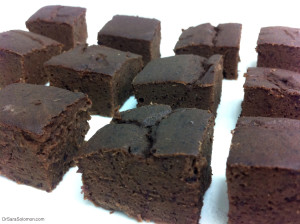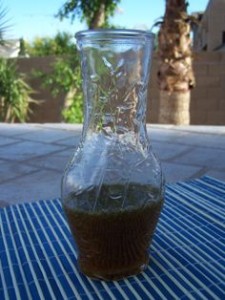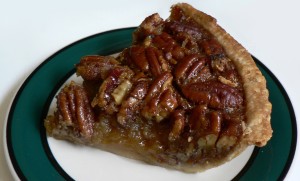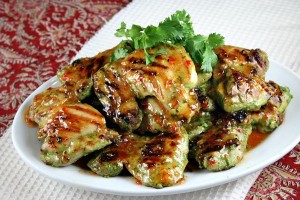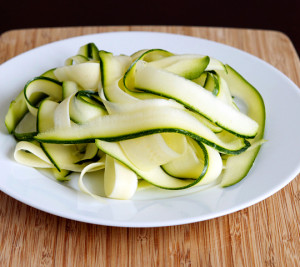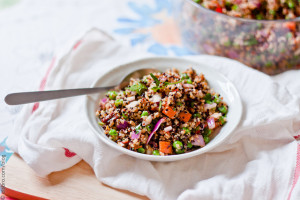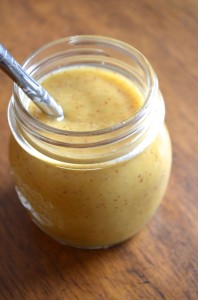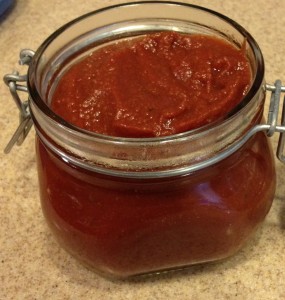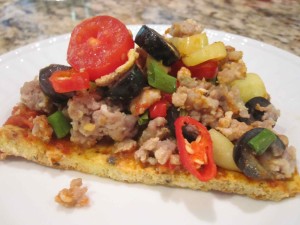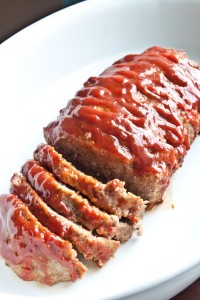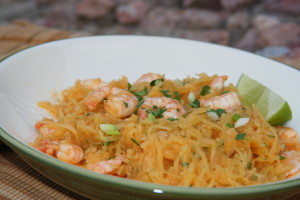Separating Trends from Fads – Food Matters.
While “flavor of the month” fads ignite our imaginations before they flame out, genuine trends reflect changes in our eating patterns that can influence just about every facet of a healthy and fitness program. So lets discuss some of the biggest issues for American food, nutrition, and diets.
Plant-Based Diets (Vegetarian, Flexitarian, Vegan Eating)
Books, studies, media, and campaigns such as “meatless Mondays” have greatly influenced a move toward plant-based eating. A whole-food, plant-based diet is the most healthy-promoting diet and it may take a while for the general American population to start seeing the benefit of it, but people who weren’t eating kale five years ago are now eating kale.
There is a lot of controversy about animal-focused diets and a lot of research that supports animal-focused diets being the leading culprit to degenerative diseases. Our body doesn’t absorb excess protein, so we burden our internal organs by consuming too much. There will always be people who consume animal protein, but there is a growing change between the ratios of animal protein to vegetables on the plate. People are now willing to shift things around a little bit more. In addition, the growing demands for those people who do choose to consume animal protein are seeking out grass-fed and organic options.
Lastly, there is a myth that plant foods don’t contain all of the proteins that our bodies need for daily productivity. They all are complete proteins; they just contain the essential amino acid in lesser amounts.
Gluten-Free is Still Going Strong
We’re past “fad” and well into trend. Is this just great marketing, or are the throngs of people who feel they are gluten sensitive or gluten intolerant really benefiting from this style of eating? The gluten-free food craze out there is not necessary. It’s kind of like “organic.” Just because something is under the umbrella of “organic” doesn’t necessarily make it a healthy food. Gluten-free foods, the processed ones, they are exactly that, and what do we know about processed foods? They’re not the routes to take. Now Celiac disease and gluten intolerance are very legitimate. But we have to be mindful of the options out there, because not everything deemed gluten-free is good for you.
You can be gluten-free and have a very health-promoting diet, or you can be gluten-free and be eating cookies, crackers, and chips all day long. Our wheat today is a lot higher in gluten than it ever was because we have seen so many modifications to our wheat. In addition, wheat products often appear in some form- cereal, muffins, bread, pasta, baked good, at most, if not all, of our meals. This excess consumption increases our risk of developing intolerance or allergy. If something happens to be gluten-free naturally, then that’s great, but there are a lot of gluten-free products that, like gluten-free breads or things of that nature, are actually higher in calories. Just because something is gluten-free, there’s a health halo around it, and we encourage you to beware and do your research.
Probiotics/Prebiotics (Fermented Foods, Supplements)
Gut health seems to be getting more attention, as do products and food prep that support it. From a culinary perspective, fermented foods are incredibly trendy. Kombucha, miso, some of our fermented soy products- for those who can consume them- can help promote healthy gut bacteria. There is something to be said about probiotics. They can help your digestive tract!
Again, our food is so processed and our growing processes are incredibly different as well. We will probably start hearing more about soil-based organisms as well. Years ago, when you had a garden it wasn’t quite as stripped of is full spectrum of minerals as our gardens tend to be today. When we add fertilization to our gardens, we are typically adding four or five nutrients, as opposed to our full spectrum of vitamins and minerals. If you’re composting and putting nutrients back into your soil, the food that grows in it has naturally occurring bacteria.
Today we sterilize everything. We have such germ phobia that we have created a need for healthy bacteria because we’re constantly kiting it in our own bodies. We absolutely need probiotics.
The Protein Craze
Like the fat-free, sugar-free and gluten-free marketing crazes we’ve seen for many years, food manufacturers have now caught on that putting the word “protein” on food labels offers a health halo effect that sells product. Protein is being advertised mainly as a fat burner/weight loss bullet.
As mentioned earlier, we definitely eat more protein than our bodies can handle, as a society. The ramifications are that we tax our organs, livers and kidneys. Today, we’re seeing breakfast bars or other things markets as being high protein, and then people are making the assumption that they’re healthier for them. You don’t have an insulin response to protein, so people can eat a protein meal and not necessarily have that issue an hour later where they might feel jittery or whatever the case may be.
Mixing your nutrients, having some fats with some greens, is better in terms of absorbing your vitamins, but mixing your nutrients can also be good for slowing your digestion, which will keep your blood sugar levels a bit more stable. Many people think they should get their protein in their diet in the form of lean meats, and that’s great! The craze is really focused on processed foods, like breakfast bars or the functional foods that people are going for, believing that these are going to be healthier for them than something else. If they are having more protein and let’s say fewer carbs, then they might be having less fiber, and that might affect their GI as well, which some people forget to factor in as well. “High in protein” is the new “low-fat.”
GMOS, OH MY GOSH!
If you’re not sure what GMO is and how it impacts our health, there is a video called Genetic Roulette. It will help you understand the impact of everything from the neurological disorders to the health conditions and agricultural impact of GMO foods. CenterForFoodSaftey.org has a really great GMO informational booklet that explains all the different GMO foods from baby formula, fresh produce and meat products, plus protein powders that have been genetically modified or contain GMO ingredients.
The GMO project is for verification of GMOs in conventional foods that are grown with traditional fertilizers and pesticides. There is movement of people working with meat suppliers and chicken farmers to make sure all of our animal products are (from animals) fed non–GMO feed, which is a huge undertaking. A lot of suppliers are getting really excited about it though. The non-GMO project also has a website where you can verify foods. They’re broken down by category of food, by product name and by brand. The site is www.nongmoproject.org.
Out with the New and in with the Old
The natural structure of food is magical, whether it’s the natural fat and protein in eggs, beans or seeds; the fiber and cars in fruits and veggies; or the amount of antioxidants in a fruit versus a powder of extracted antioxidants. Our bodies just seem to perform better when we consume whole foods, rather than pieces, parts or processed products. Whole food is going to be the next big thing and it’s already becoming a new trend in our country. Nutrition education is just one of many that needs to follow.
The message is out there. Irrespective of your socioeconomic background, most people who say, “healthy food” knows that it’s fruits and veggies. But what do they do with these fruits and veggies when they get them home? We need to utilize the kids. Working with children we find that they are very educated and most of them come from very good families, and they have no idea how to actually make food. The passing down of culinary traditions kind of died on the vine with previous generations because we are now eating out more or we are buying things that are semi prepared for us. The paradox is that the food deserts are in places where people know how to cook and the whole foods are more available in places where people don’t know how to cook.
So the challenge is not only how do you teach people to take care of their bodies through exercise, but then how are they going to make this food for themselves? What are their cooking abilities? What do their kitchens look like? And how much time do they have, and how do you make all of that work?
With all of these fads and trends in mind, you must really find an importance in being in the kitchen and preparing your food yourselves. Become interested in the authenticity of food. This can really link people back to getting in the kitchen and making whole foods and recipes from scratch. So you want to learn how to cook Thai food? Okay great, let’s do it! You love Thai food? Okay, let’s cook it together. We think this is a great way to get a hold of your diet, forget about trends and fads, and get back to our roots. Get back to the kitchen and throw yourselves into a more healthful lifestyle.


